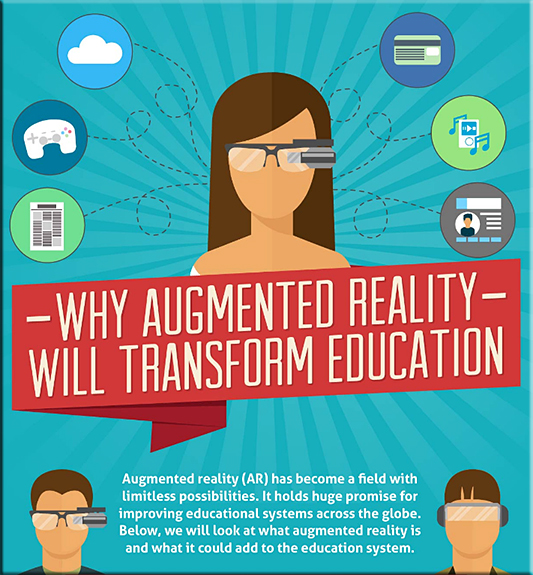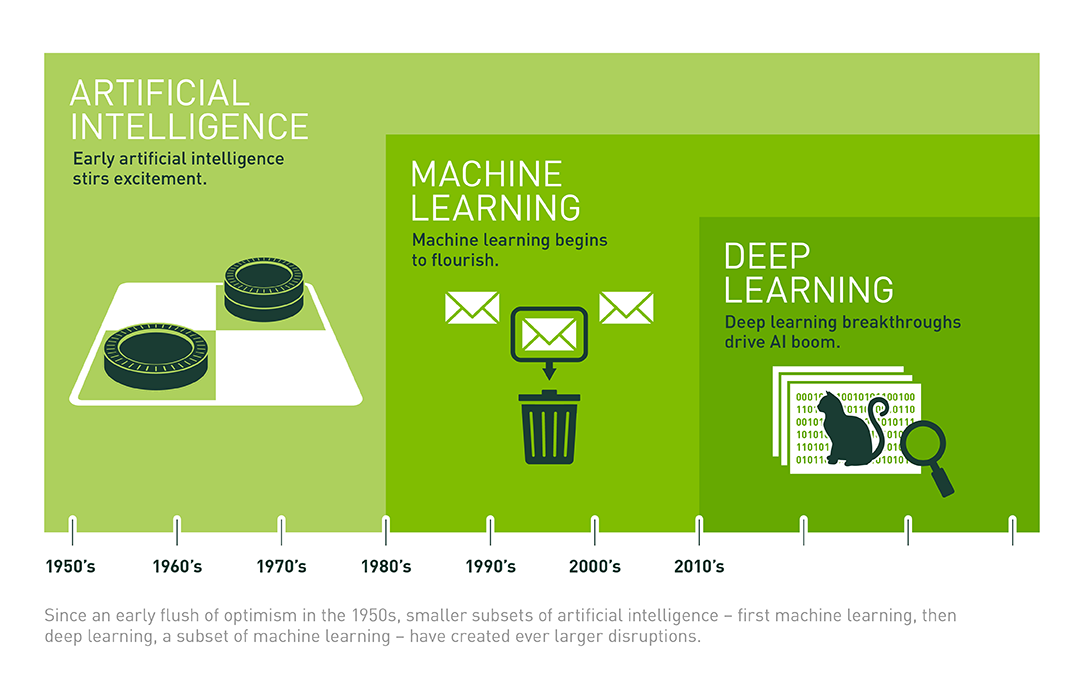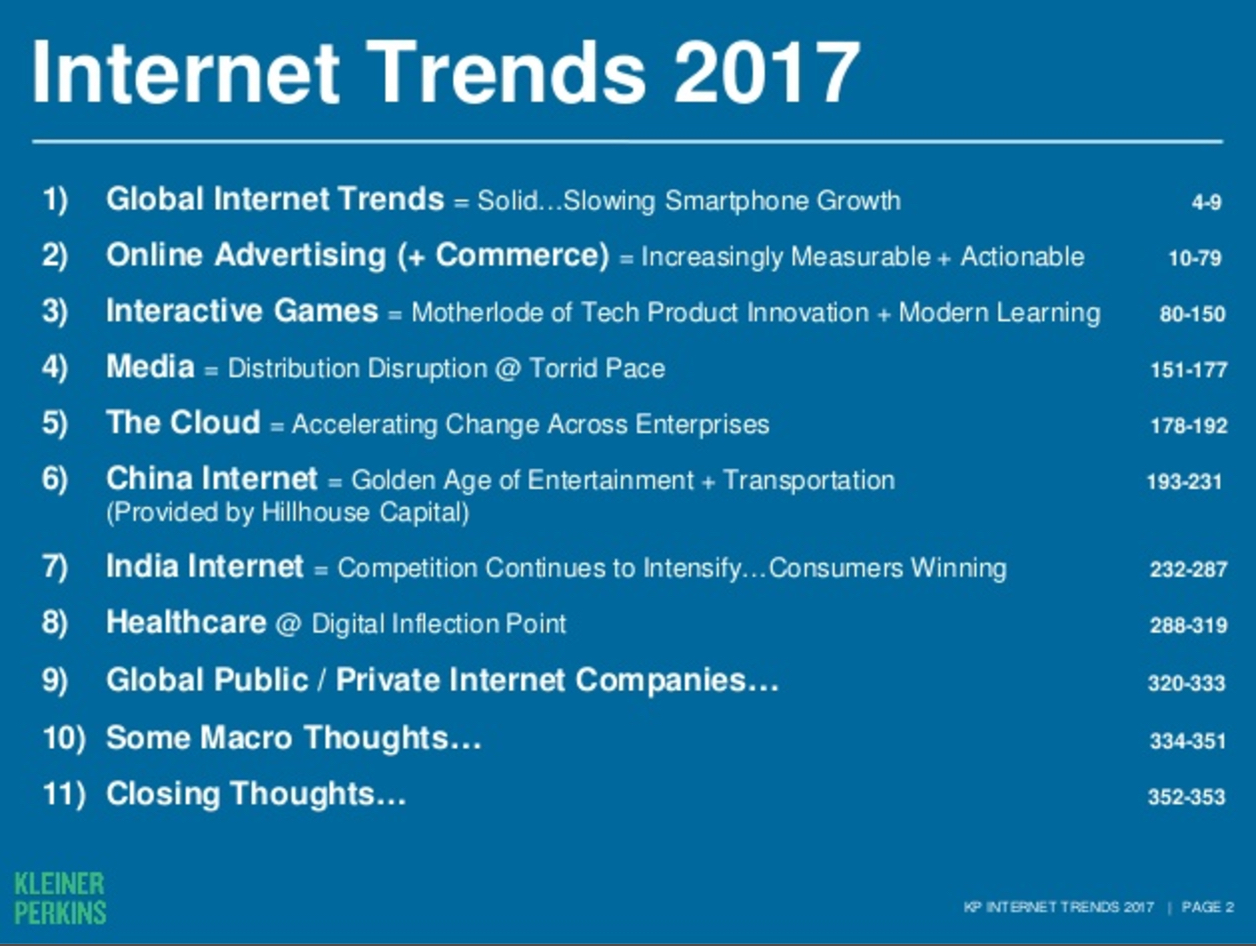AR Menus Are Changing The Way We Order Food — from vrscout.com by Kyle Melnick

Outlook for Augmented & Mixed Reality Remains Favorable — from next.reality.news by Tommy Palladino
Excerpt:
With many of the companies working in augmented and mixed reality focused on the Augmented World Expo, the finance side of the industry has been relatively quiet.
However, a pair of reports today signal that investors should remain happy for the foreseeable future. Both reports are available for purchase by those with the considerable means to do so.
…
Zion Market Research has compiled a report that projects the augmented reality market will grow to $133.78 billion by 2021.
The report, which we’ll abridge to “Augmented Reality (AR) Market…2015-2021” for brevity’s sake, measures the market’s compound annual growth rate (CAGR) at 85.2 percent annually.
The market, which was valued at $3.33 billion in 2015, is comprised of hardware and components, such as sensors and displays, as well as software.
The Augmented World Expo proves AR isn’t ready for prime time, but it’s still pretty cool — from digitaltrends.com by Christian de Looper
Excerpt:
At the Augmented World Expo (AWE) in Santa Clara, VR and AR companies showed off their latest and greatest products. Despite the numerous gadgets, and the huge growth we’ve seen from AWE since last year, our major takeaway is unfortunately a little pessimistic. It looks like AR isn’t going to hit mainstream audiences for quite some time. But there are plenty of groundbreaking AR and VR technologies that keep the field exciting, many of which made appearances at the show. Let’s take a look.
…
ZAPPAR IS DEMOCRATIZING AR
While AR technology is slowly but surely improving, it’s largely still irrelevant to the average consumer. One company, however is hoping to change that by doing for AR what Google Cardboard did for VR. The company is Zappar, and it actually launched on Kickstarter at the end of last year, raking in a hefty $84,356 — far more than its $30,000 funding goal.
ZapBox is an affordable yet effective way to experience AR. The package comes in at $30, and includes a cardboard headset with a slot for your phone’s camera, as well as an attachable lens adapter that basically increases the field-of-view of the camera, which is an important thing to note. It also comes with two controllers built from Cardboard, which the software can recognize as long as the controllers are in the view of the camera.
…
Augmented reality is a long way off from being consumer-ready, but it’s clear that there’s a lot of work going on behind the scenes. Augmented World Expo is bigger every year — and in five years time it could be a totally different show. Until then, well, we’ll just have to settle for these cool-yet-niche advancements.
HoloKit is like Google Cardboard for augmented reality — from techcrunch.com by Devin Coldewey
Excerpt:
The revelation behind Google Cardboard was that if you put your phone close enough to your eyes, it’s basically a VR headset — but it’s not quite that simple for mixed reality setups like Microsoft’s HoloLens. Or is it? HoloKit is an extremely clever DIY solution for a quick and dirty augmented reality experience with a bare minimum of equipment.
The idea is really quite simple: Instead of a costly projection system, a pair of mirrors reflects the display of a smartphone onto an angled, semi-transparent Fresnel lens — so you see both the image and the world behind it. Meanwhile, the phone is in position to use its camera and sensors to track the world in front of you.
The Vive Is Finally Complete With This Deluxe Audio Strap — from vrscout.com by Jonathan Nafarrete
Excerpt:
Set to launch on June 6th for the price of $100, the Deluxe Audio Strap doesn’t just add headphones to your Vive headset, but dramatically improves the comfort and experience across the board.











/https://public-media.smithsonianmag.com/filer/25/a4/25a4d074-7a9b-42c8-ac35-2bbf5d59e70d/story_of_the_forest_app_2__image_courtesy_of_teamlab.jpg)




![The Living [Class] Room -- by Daniel Christian -- July 2012 -- a second device used in conjunction with a Smart/Connected TV](http://danielschristian.com/learning-ecosystems/wp-content/uploads/2012/07/The-Living-Class-Room-Daniel-S-Christian-July-2012.jpg)

